Sharon Salzberg’s presence is gentle and commanding, her pedagogy earnest and funny, her writing personal and erudite. As a teacher and writer, Salzberg consistently demonstrates awareness and acceptance of what it means to be human. She speaks about her personal experiences with honest sensitivity, sharp intelligence and a raw sense of humor, generously showing her students around the world that it’s possible to integrate the principles meditation into everyday life, not just in the formal sitting practice. When meeting Salzberg, you would have no idea that she is both a New York Times best-selling author and one of the most prominent teachers of Buddhism in the West; her demeanor is relaxed and humble, even as she possesses an unprecedented depth of knowledge about both Vipassana (mindfulness) and metta (loving-kindness) practices, and has led meditation retreats around the world for more than 30 years.
Born in New York City, Salzberg experienced a great deal of emotional pain during childhood, which she often cites as the genesis of her eventual interest in meditation. Salzberg sped through high school in New York City, and found herself enrolling in college at the State University of New York in Buffalo at age 16. After reading some of the Buddha’s central teachings in an Asian philosophy course during her sophomore year of college, Salzberg found herself thinking, “Wow, I’m not alone. I don’t have to feel weird. Everyone at some point or another goes through hard times.” Immediately, Salzberg decided to apply for an independent study project to learn meditation in India during her junior year. Her application was accepted, and in January of 1971, Salzberg began her first encounter with rigorous meditation instruction at Bodh Gaya. In the subsequent three years, Salzberg continued studying meditation under different Buddhist teachers, many of whom she frequently alludes to in the interview below. “It never occurred to me for a minute that I’d be a teacher,” Salzberg recounts with laughter. But in 1974, Salzberg returned to the United States to teach her first meditation retreat in Boulder, Colorado. Within months, Salzberg co-founded the Insight Meditation Society (IMS), a Vipassana retreat center, with fellow meditation teachers Jack Kornfield and Joseph Goldstein in Barre, Massachusetts.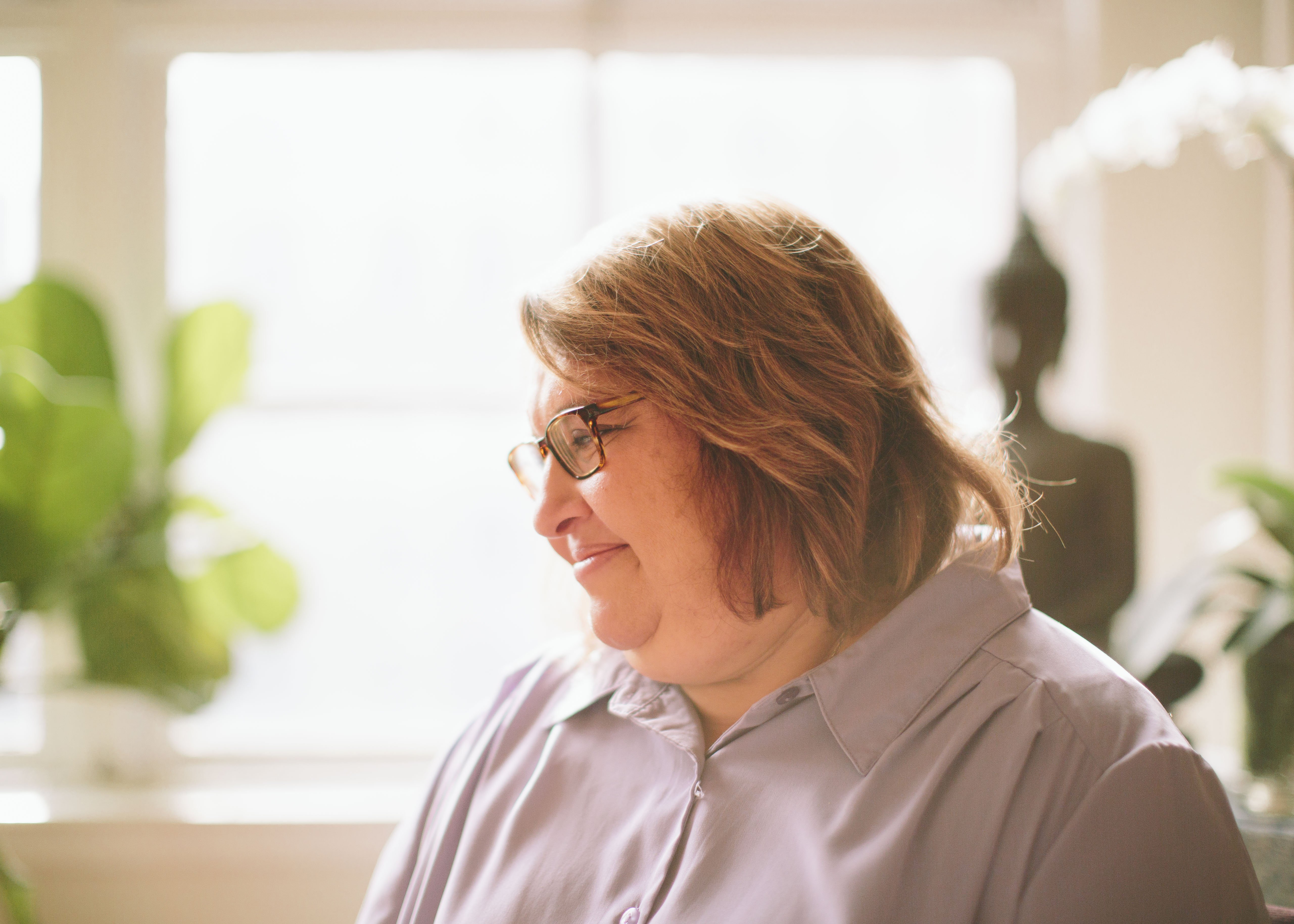
In addition to co-running IMS and leading meditation retreats all over the world, Salzberg is also a dedicated writer, and has published nine books to date. Writing is, arguably, among Salzberg’s most important rituals, as all of her books bring together the organic wisdom of self-inquiry with the rigor of scholarly interrogation. Here, Salzberg shares poignant stories from her journey toward becoming a meditation teacher, all the while exploring what it means to be a “teacher” of a practice that emphasizes the importance of “beginner’s mind.”
You often refer back to your first trip to India: you were 18, and deeply interested in meditation. How did you first find yourself attracted to meditation? Was there something in particular you were looking to “get” from it?
I heard about the possibility of doing meditation practice to be happier. That’s when I decided to create an independent study project, and asked to go to India to study meditation. I got accepted and off I went for my junior year.
I still think of meditation the same way, except now I suppose I’m more sophisticated. Looking back at myself at the age of 18, the word I’d use to describe myself then is “fragmented.” Now I have the knowledge and the language to recognize that meditation eases that sense of fragmentation and helps make us feel whole again. That’s the way that it works to make us happier.
How did the notion of a career in meditation develop for you? Was there a particular event or turning point when it became clear?
It never occurred to me for a minute that I’d be a teacher. In 1974, I was in India getting ready to come back to the U.S. for what I was sure was going to just be a very short period of time. I needed to come back briefly to get a Visa, but was sure that I was going to go back to India and live there for the rest of my life. Before leaving, I went to see one of my teachers, this woman named Dipa Ma, which is a nickname that means “Dipa’s mother.” I traveled to Calcutta where she lived to say goodbye and get her blessing for my journey. My friend Joseph Goldstein, whom I’d met in my first retreat in January 1971, had just come back to the States and when I went to see Dipa Ma, she told me that I’d be teaching with Joseph when I returned to the U.S. I was shocked and said, “No I won’t.” But then she said two things that were really remarkable to me. First, she told me, “You really understand suffering, and that’s why you should teach.” I had never really thought about the pain in my earlier life as being kind of useful the larger sense. The second thing she said was, “You can do anything you want to. Thinking you can’t is the only thing that’s going stop you.” I left her apartment still doubting what she had said.
Related: Lessons on Compassion from Joan Halifax
But when I came back to the States, I ended up going to Boulder where Joseph was teaching at Naropa. Jack Kornfield was there too, and I ended up staying on and teaching the second session there with Joseph and a number of other people. Then we got an invitation to teach a monthlong retreat together, and then another one to teach a 10-day retreat in Vancouver. We were traveling around, sleeping on people’s living room couches and waiting for our next invitation. Then one day, we were in California when somebody asked us, “Why don’t you start a retreat center in this country? I know just the people who can do it. They’re all in Massachusetts.” So that’s what we did. It was very old-fashioned: My teacher told me to teach, and I didn’t think I could.
The idea of beginning or being “a beginner” is central to the practice of meditation. What does it mean to you to be a “teacher,” and even a cited “expert” of meditation? How do you retain beginner’s mind in your own practice?
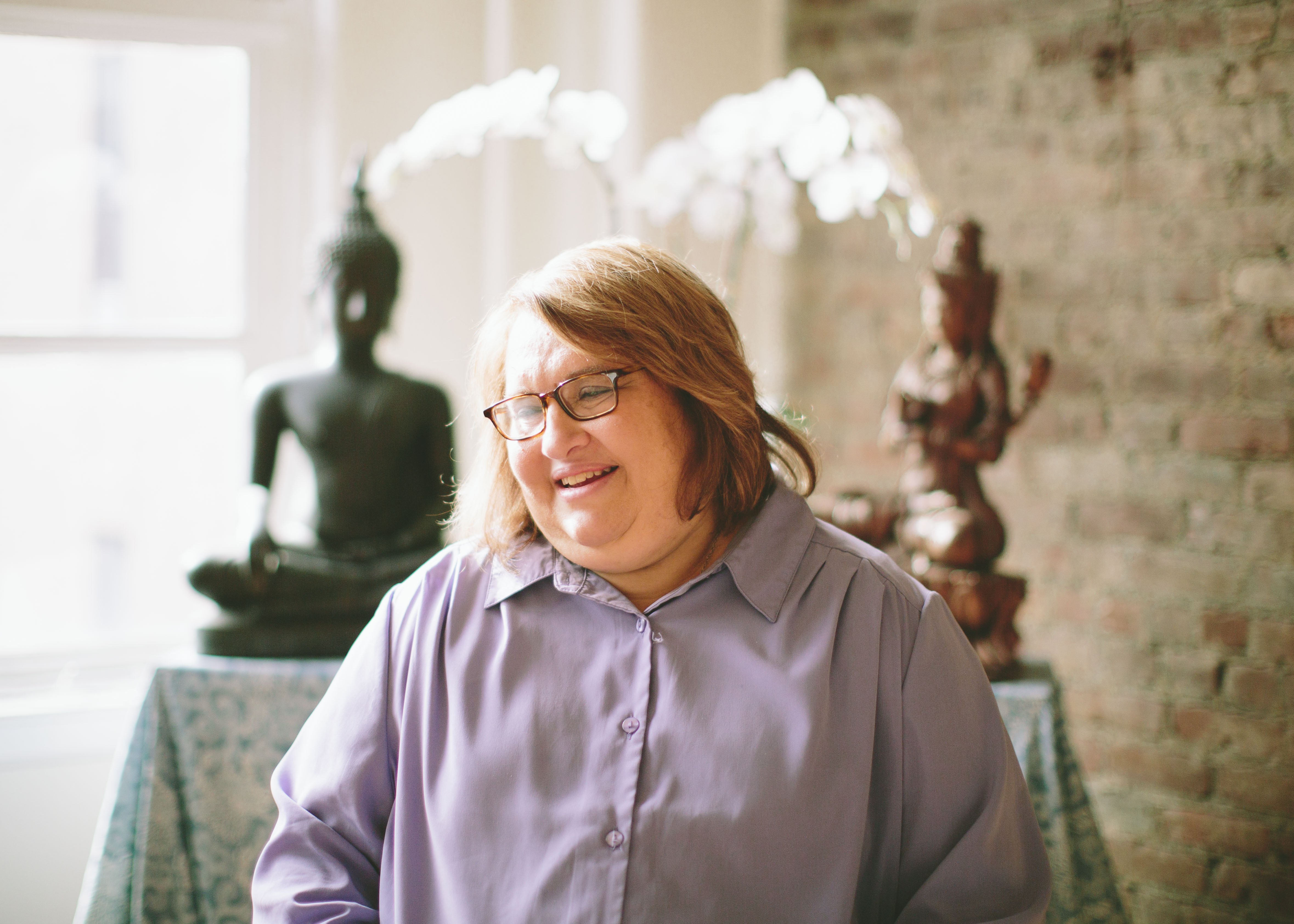
I definitely don’t think of myself as an expert, but it is true that I have 45 years experience, which is very different than having 15 minutes of experience. And the world of teaching is a new world. Now, lots of people hand me their cards that say “meditation teacher.” But 10 years ago, even five years ago, my next question would be “Who’s your teacher?” because that would tell me something. If you responded, “Thich Nhat Hanh,” I would think, “Oh you probably are engaged in social activism in some way.” If you said, the name of some scholarly Burmese monk, that might tell me something else about your orientation. And now I realize that it’s probably not even a relevant question anymore for most people. They may not even think of having a teacher.
I would never use the word “expertise,” but there is definitely body of knowledge that I see in my teachers. And now, even when I’m fretting over my experience, I recognize and honor the wide variety of experiences I’ve had, which become part of my teaching. That’s why I always tell people that even if they’re having a hard time in meditation, it’s never a waste. Having a hard time teaches you about compassion and helps you understand others as well.
We have so much conditioning around trying too hard and being hard on ourselves and people think, for example, that if they get a stranglehold on the breath their minds won’t wander and they’ll “succeed” at meditation. Part of the body of knowledge I’m referring to is really learning to begin again. That itself is a very effective way of making “progress” and allowing your meditation practice to bring you benefits. Because if you’re not focusing on the practice of beginning again, you’re probably focusing on something else, and that something is likely self-judgment.
Related: Harnessing the Potential of Beginner’s Mind
For many people, meditation is a common element of the journey of emotional healing and self-discovery. Without specific comparisons to other modalities, what would you say are the unique therapeutic benefits of meditation?
Just to be able to sit and be with difficult feelings is immensely therapeutic. Especially because we are probably doing that instead of doing the compulsive thing we normally do when we feel distress or grief or anger. Rather than acting out, we’re learning the skills of being with ourselves, and realizing that nothing lasts. In learning to be kinder to yourself while in that state, we create space around hard feelings, and that’s an enormous thing.
Who have your most important teachers been, meditation or otherwise?
Dipa Ma for sure because she was an amazing model to me of somebody who could go through so much bad stuff and be so loving. She was just so consistent, in a very maternal way, always asking if people were comfortable or needed more tea. She was also very, very strong, and was an incredible model to me. Of course, Dipa Ma was also the person who got me to teach, so she really helped me forge the entire rest of my life.
What are the most salient kernels of advice you’ve ever received?
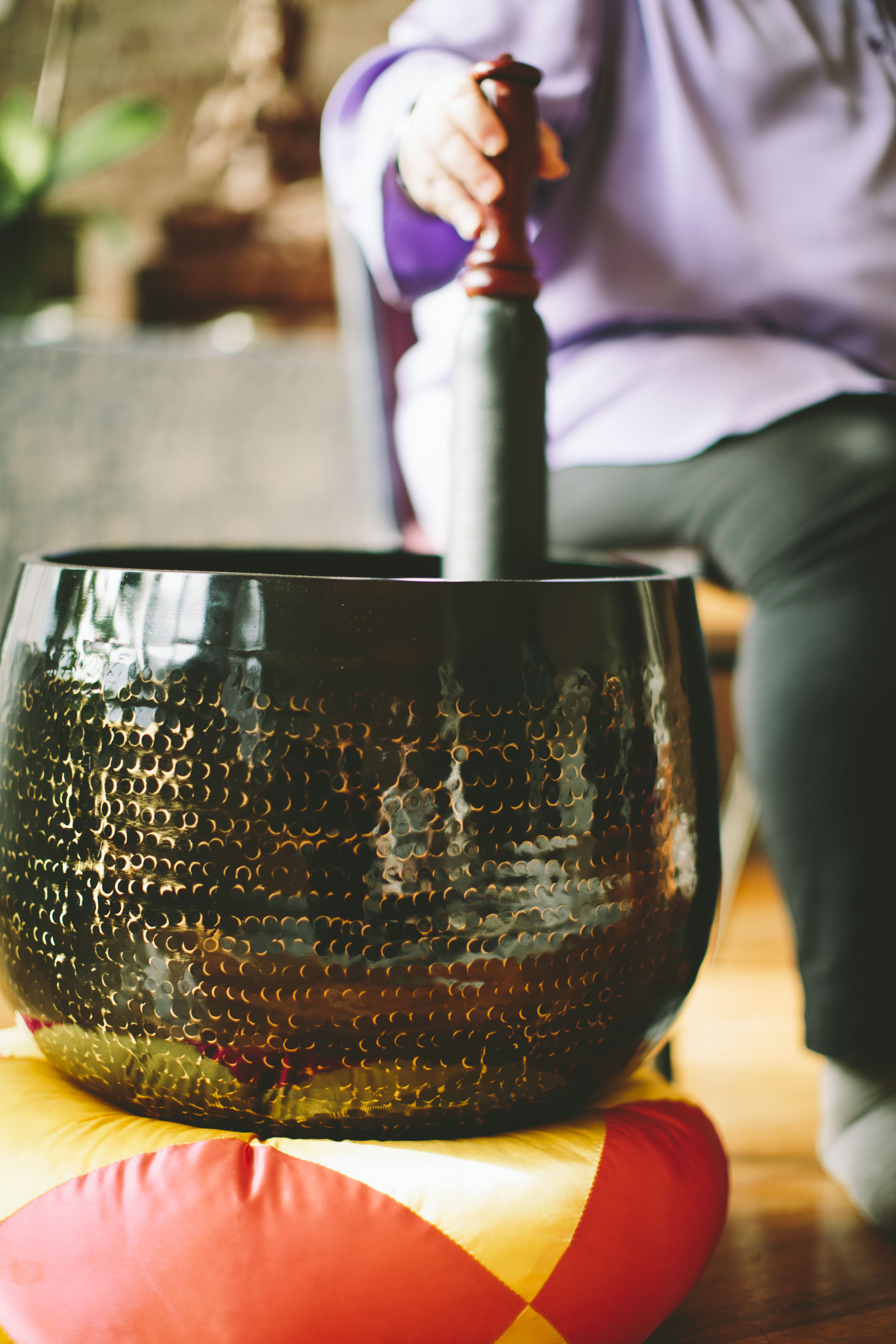
I was working with a Tibetan teacher Nyoshul Khen Rinpoche who was also very, very important to me. I was very upset at the time about what I assumed someone else was thinking, and he said to me, “You know the thoughts arising in his mind are as empty as the thoughts arising in yours,” meaning that all thoughts come and go and aren’t solid, and don’t have an inherent reality.
Love Your Enemies, the book you recently co-wrote with Robert Thurman, concerns the prickly topic of anger. What advice can you give about how meditation can teach us to relate to anger and other tough emotions?
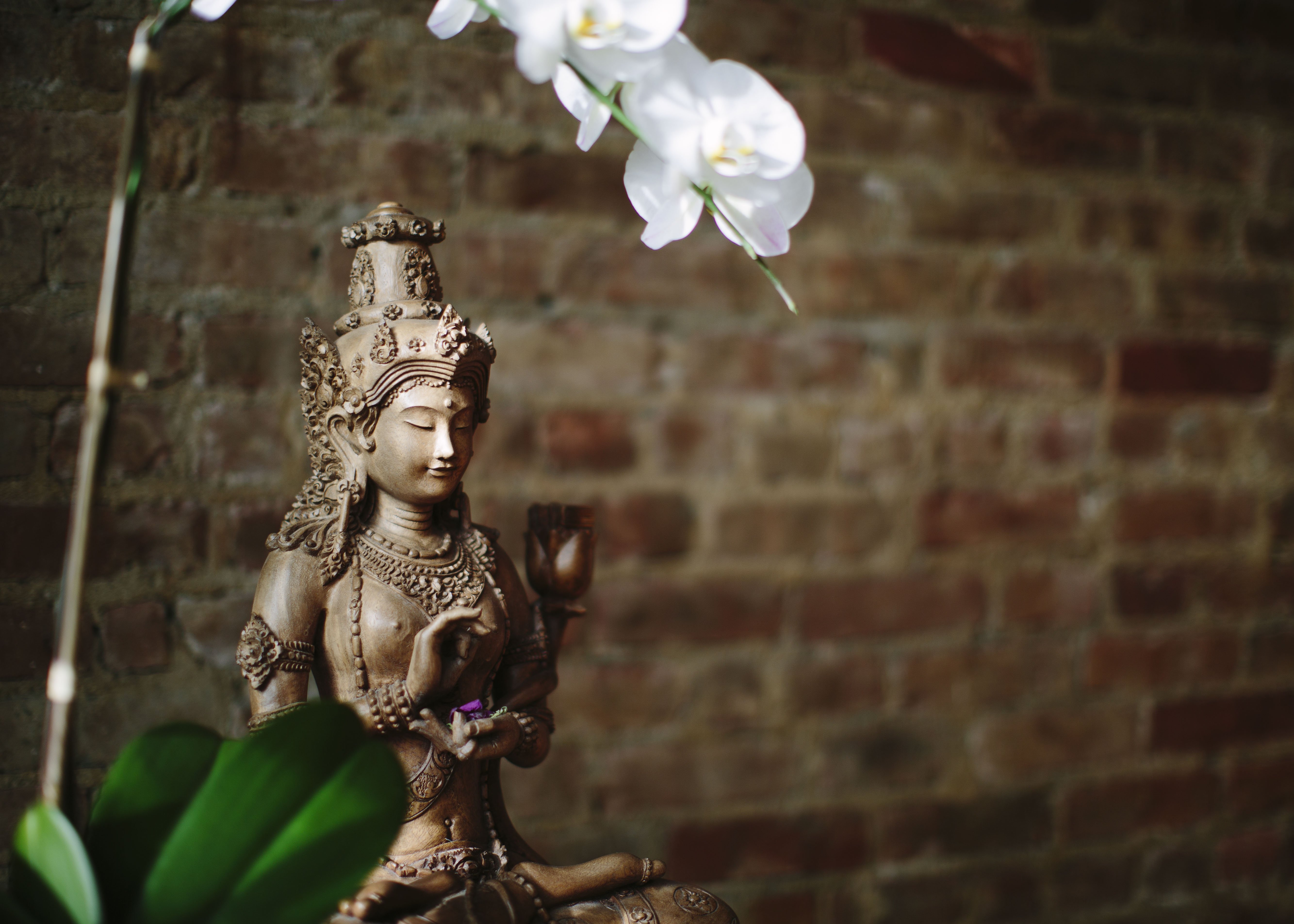
The first thing is trying to see what we might be adding on, such as thoughts like “I’m such an angry person and I always will be,” or “I shouldn’t feel angry anymore,” or getting completely lost in it and lashing out. The next thing is being able to into the heart of the anger, because when you actually look at anger, it’s a complex emotion. There are moments of sadness, moments of fear, moments of helplessness. You see it’s kind of this porous mosaic of different things. Sure, anger often feels solid and unrelenting when it first comes up, but when we really look at it, it’s an alive system with a lot of change involved in it. That gives us a different perspective if and when we decide to take action: We can act from a place of understanding all those feelings.
What does your meditation practice currently look like?
My formal sitting practice is a daily awareness practice. I basically start by settling my attention on my breath, which is the method I got started with 45 years ago! And other times, it’s more open awareness—just sitting and observing whatever comes up. I do love loving-kingness practice, which is its own methodology, silently saying phrases like “May you be happy, peaceful, live with ease.” I do a lot of it walking around the streets of New York, or in a taxi or on an airplane, taking a walk in Massachusetts, or just waiting – on line at Whole Foods or in a doctor’s waiting room. If there’s a delay while I’m at the airport, for example, instead of freaking out or getting upset or even reading, I’ll just try to extend loving-kindness, so it’s kind of a fun way to be at the airport.
Has your practice changed significantly over the years?
To some extent, I’ve learned new techniques, new methods, and new refinements of those methods. But one of the things that intrigues me about the whole path is that it reveals more about our conditioning. We’re inclined to think, “I did the 101-course already, now all I need is the really secret fantastic instruction or the graduate meditation course.” And I think it’s the same instruction, just you’re so different. I was talking to some people the other night about maybe teaching an advanced meditation class. And that got me thinking, “Well what does advanced instruction even mean? What would be the difference?” Perhaps the questions would be different because people might have more confidence in some areas. They might be wondering things like, “How I do I deal with sleepiness in longer sittings?” But maybe not, and even if they were, the instruction wouldn’t be different.
You travel the world to teach meditation. You write books and regular articles. You run a meditation retreat center in Massachusetts. How do you stay “centered”?
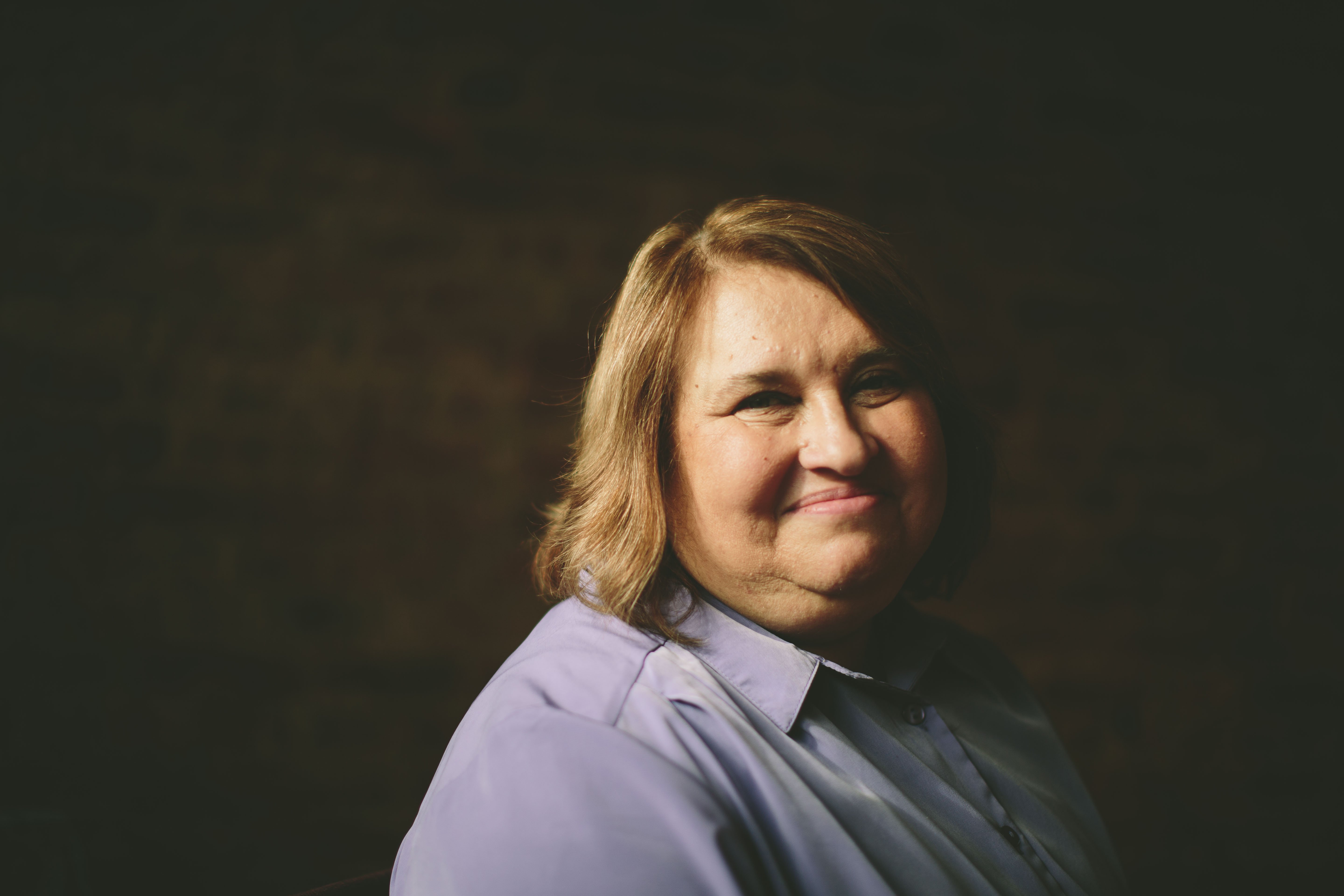
I always hesitate with a word like “stay,” it’s more like “return.” I do definitely feel like I need to practice every day. It can’t become theoretical. I just met someone who was going through a hard time. His response was to sit for four hours a day in total. He’d start in the morning by sitting for 30 minutes and then would just add 15 minutes here and there during free windows throughout the day until he accumulated four hours. He did it for six months, and didn’t make it some kind of promise to himself forever. It’s incredible and inspired me to try the same thing, but for just two hours. I don’t count or tabulate but just the other day, I noticed that I had 15 minutes to spare, and found myself thinking “OK, what should I get done?!” But then I thought, just sit. In addition to the formal sitting I do in the morning, I’ll do this throughout the day when I have five minutes here and there. And I’m not getting less done, interestingly enough.
There’s a cultural myth that meditation is a near-automatic way to “clear your mind.” For many people first arriving to meditation, this common perception can cause great disappointment, as the practice is often challenging. What do you tell students who are surprised by how “hard” meditation is?
I think it’s important from the get-go to try and dispel some of those myths, because so many people have ideas about what meditation should be like: “I should be able to stop my thinking,” “I should block all my thoughts, “I should be able to empty my mind,” “I should have only beautiful thoughts.” All of those thoughts are untrue, and lead us to a lot of trouble. We usually blame ourselves or give up as a result. So I think that’s an important understanding—realizing that we’re not trying to get rid of thoughts, we’re just changing our relationship to those thoughts. Judgment is not going to help you improve. Ironically what helps you improve is a self- compassion. You’re sitting down, and maybe your mind wanders for the billionth time. But going onto a 45 minute rant against yourself is exhausting and is going to take up a lot of time and energy. We’re always trying to begin again. Laying this context is really important. Otherwise, any time someone’s mind wandered, they’d think it was the end of their meditation career!
You teach loving-kindness meditation. How would you describe the relationship between compassion and mindfulness in your practice of meditation?
Let’s say you’re sitting and then your trying to feel your breath, then your mind wanders and then you have to let go and come back. We would say that in that letting go and coming back there inevitably is some kind of self-compassion otherwise you can’t do it. Even if you don’t understand it in that way, with those words, that’s what it is. It’s much easier for most people to start judging themselves and feeling like a failure than it is to let go and begin again, and bring attention back the present. In a sneaky kind of way, that mindfulness practice, which is the most foundational practice, is really about cultivating greater self –compassion. And that leads to greater compassion for others.
Related: 10-Minute Loving Kindness Meditation
The key benefit of mindfulness classically is insight, it’s understanding. Today, it’s mostly talked about these days is another great benefit but it’s more about inhabiting your life, actually tasting the tea when you drink it, rather than insight. Take what I said about anger, for example: if you can avoid getting lost in the “add ons,” you can really see the anger, and that it’s constantly changing. That’s tremendous insight. Then insight will lead to greater compassion because one of the things we see, in addition to impermanence, is inter-connectedness. We see that our lives have something to do with one another. And when you see that, compassion will inevitably arise.
If someone only has five minutes a day to devote to a practice, what would recommend?
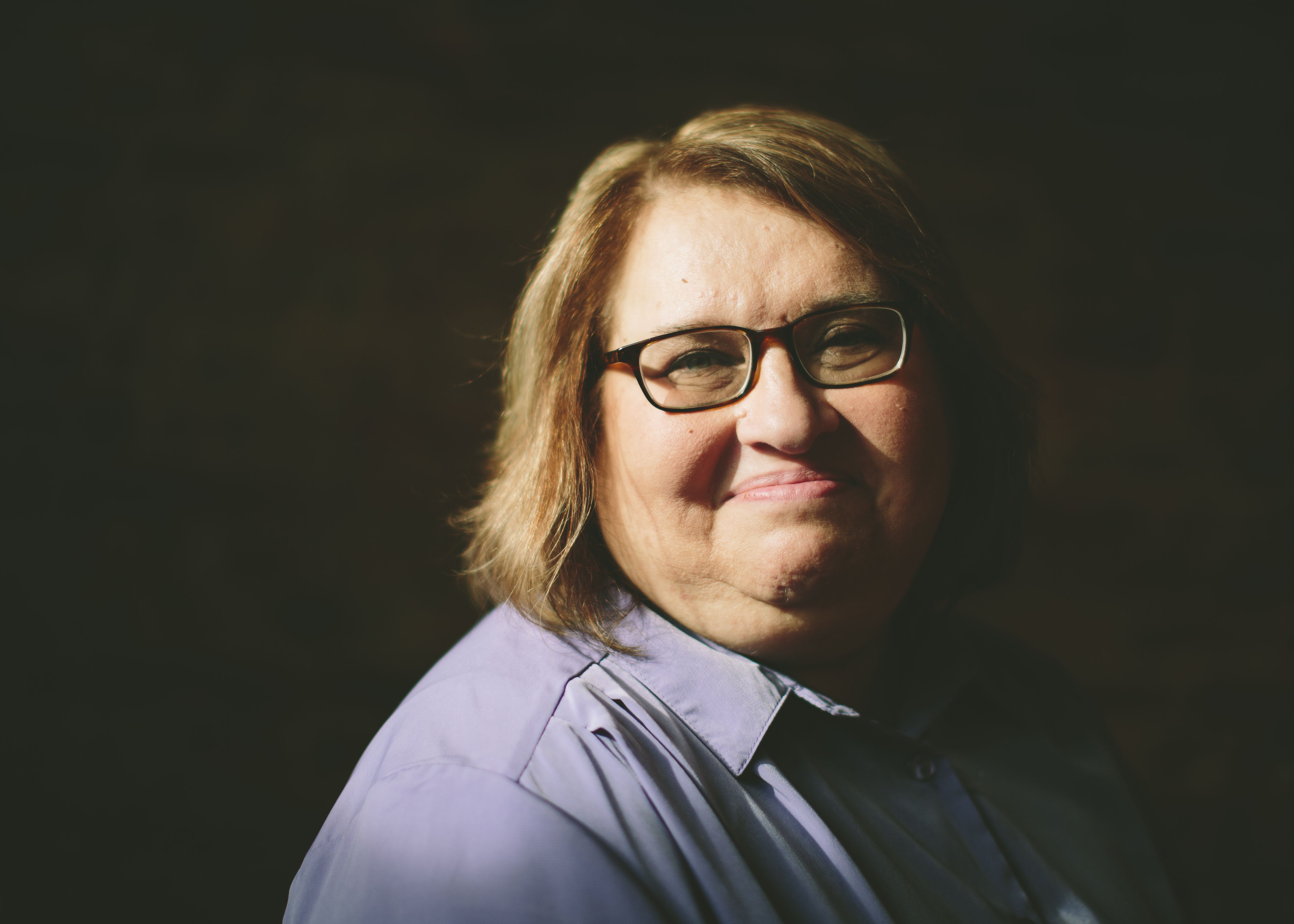
Start with stabilizing attention on the breath, sitting comfortably in a way where you feel at ease. You can close your eyes or not. In this system, just breathe a normal, natural breath. You are not trying to make it deep or different—just rest your attention on the breath. Once your mind has wandered—because it will—see if you can gently let go and bring your attention back to the breath. That’s your five minutes, and then the practice becomes almost a kind of muscle memory of letting go and beginning again. You’re building up enough strength so that you can then practice mindfulness in a much broader sense.
Photos by Hailey Wist
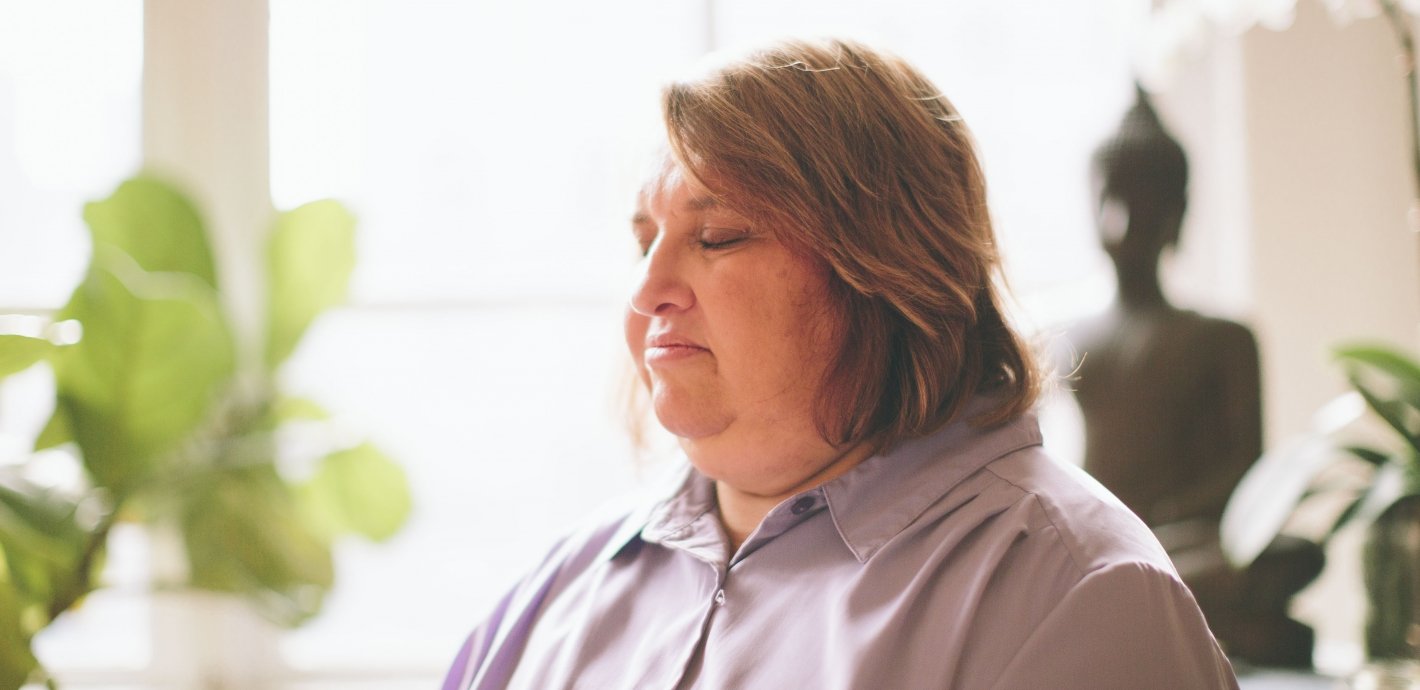



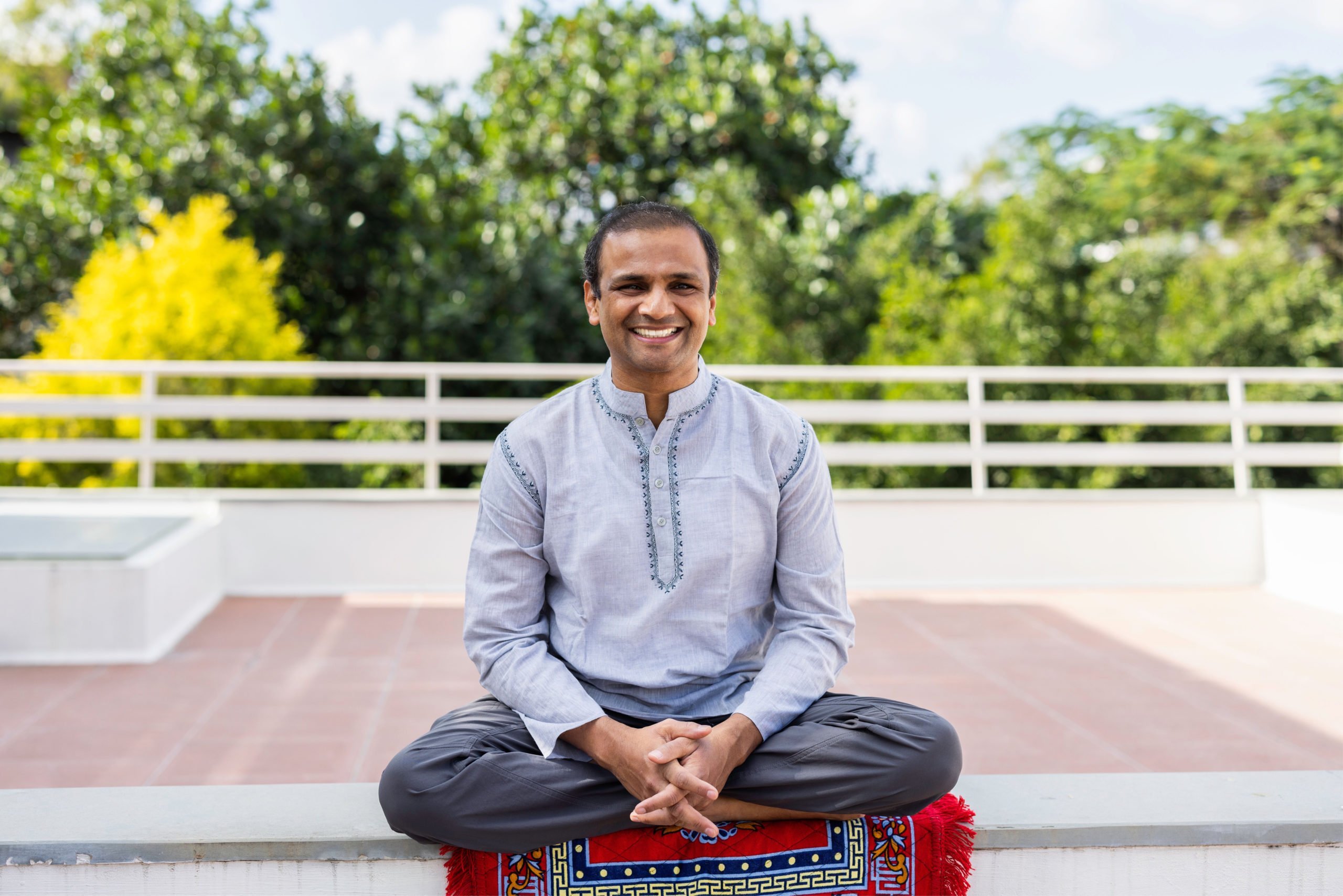

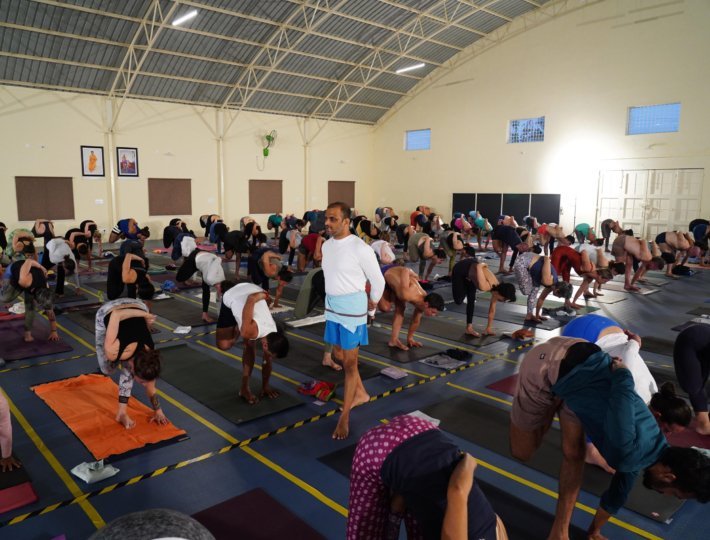
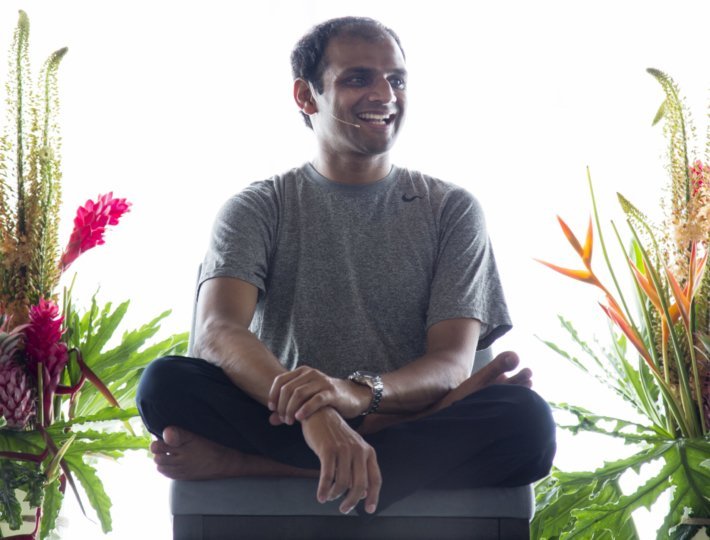

Comments (0)